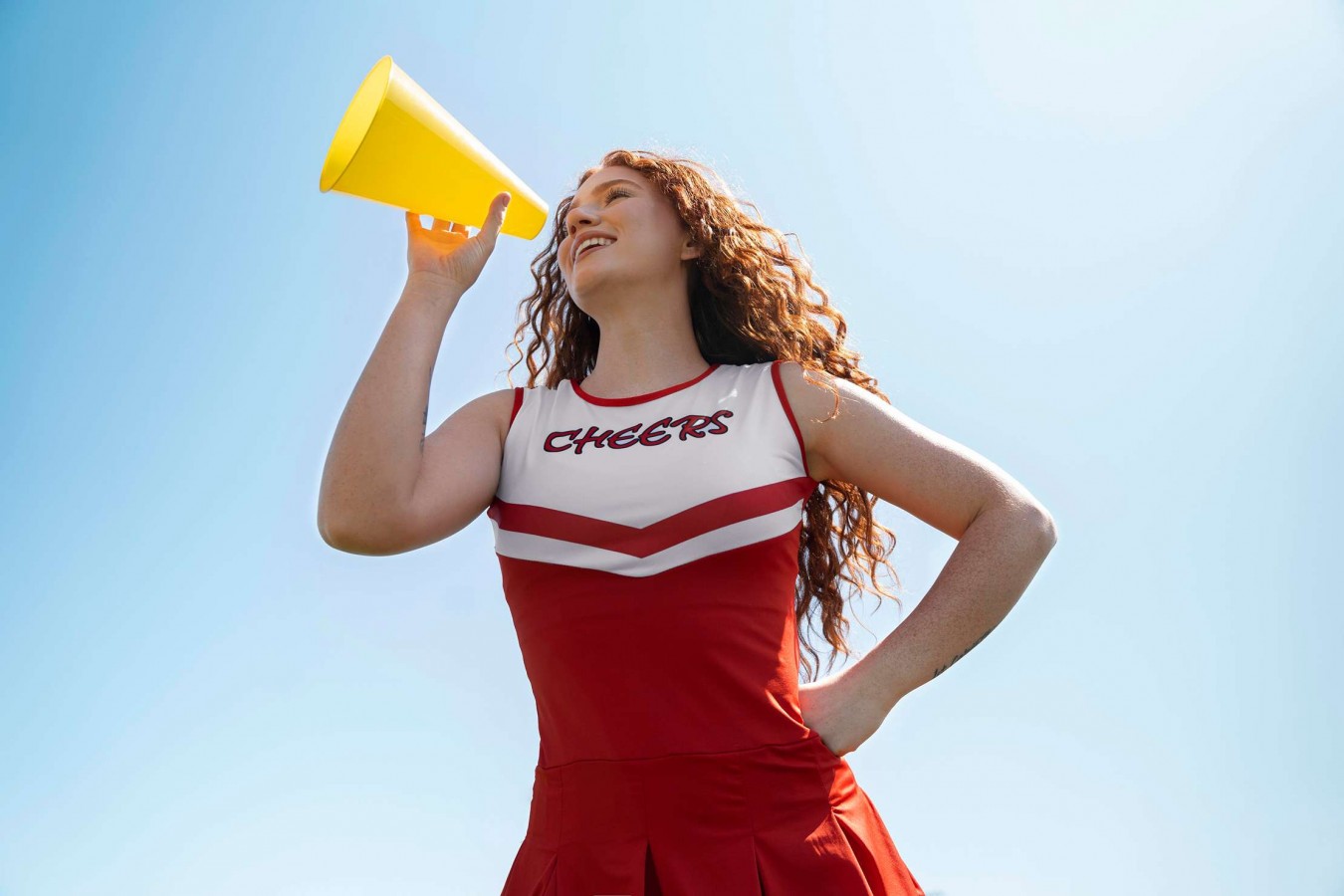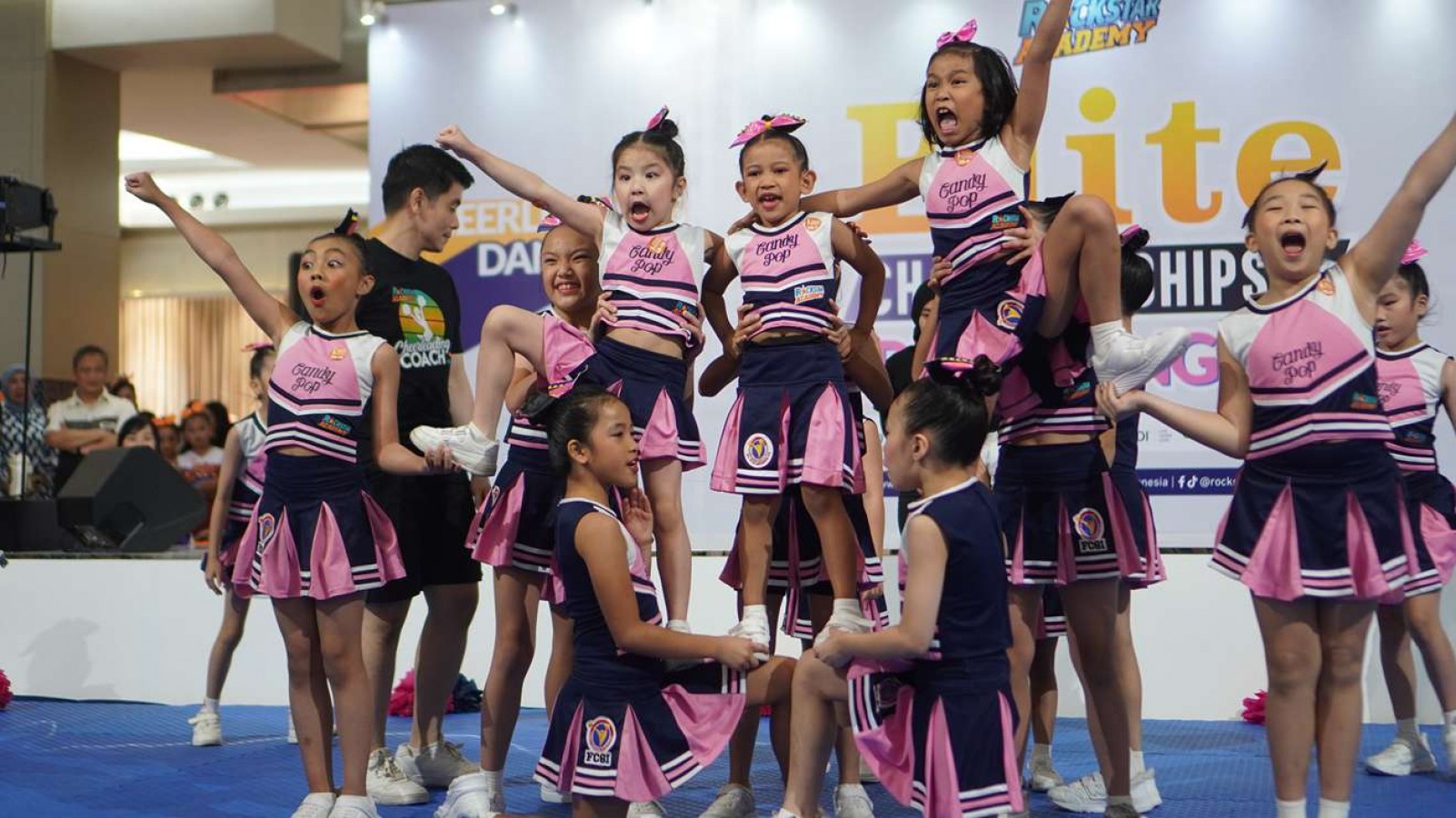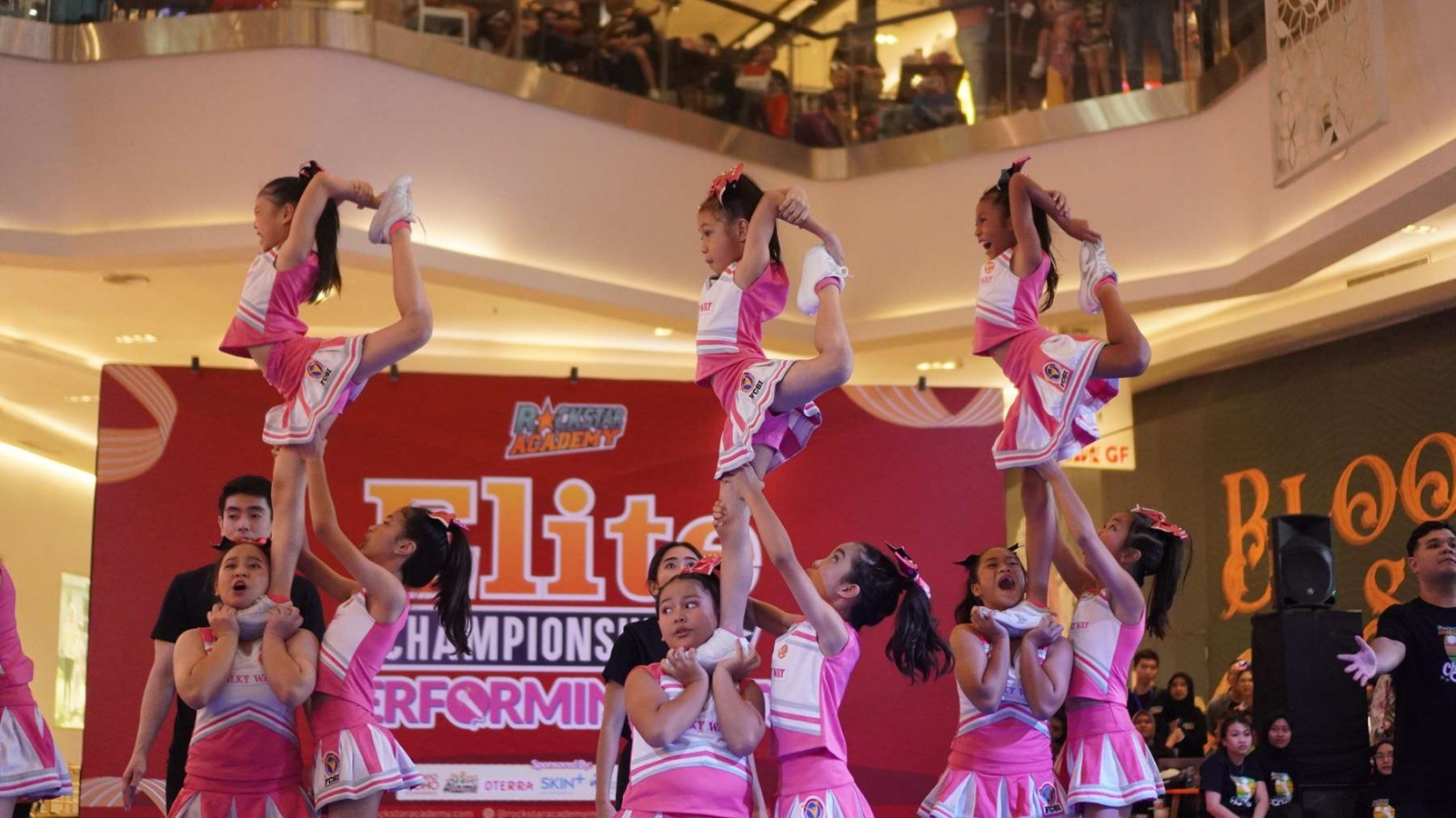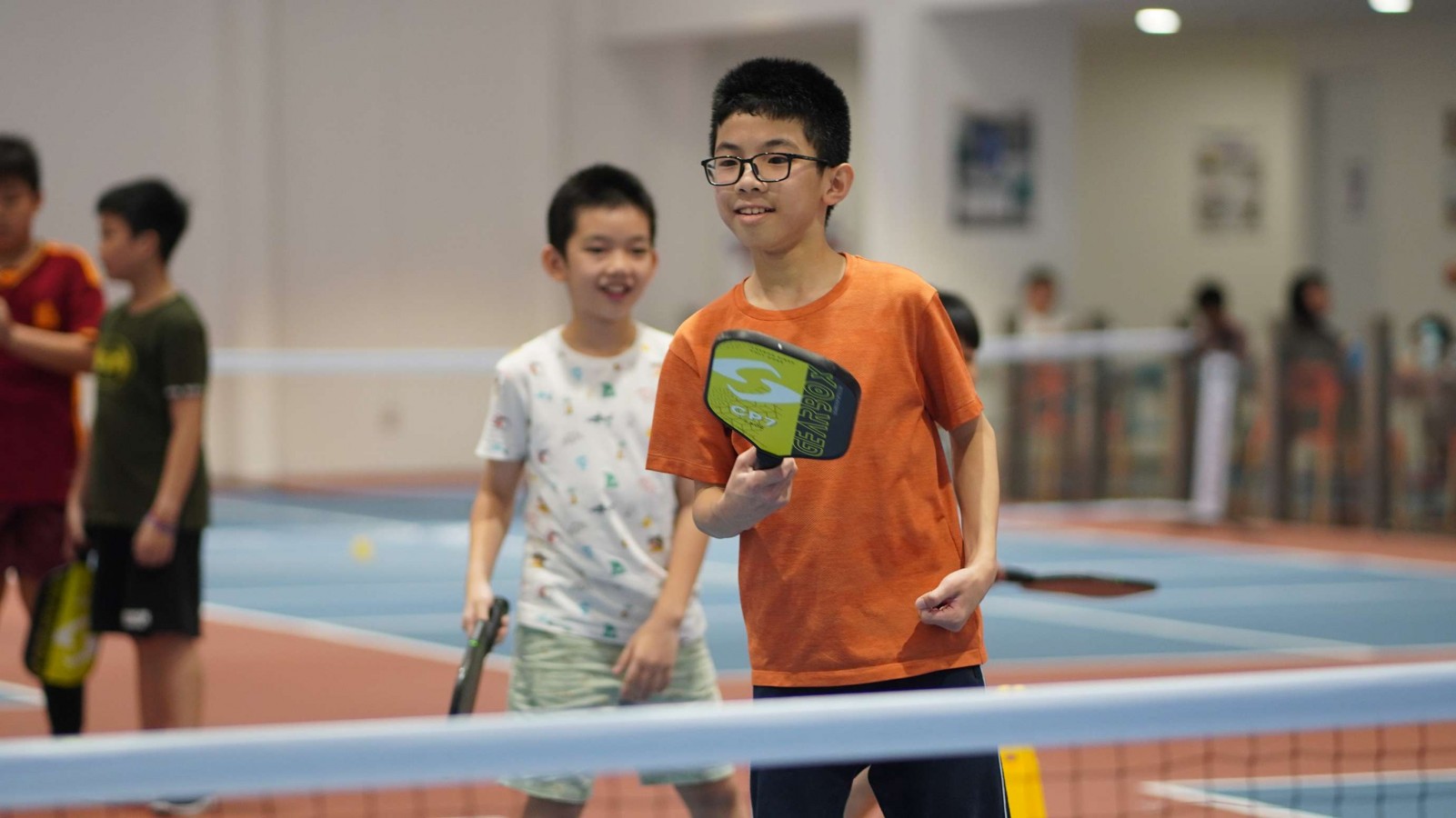What Is Cheerleading? Definition, Role, Rules, and More

Cheerleading is a dynamic and energetic activity that combines elements of dance, gymnastics, and team spirit to support sports teams and entertain audiences. In this comprehensive guide, we will explore the definition, history, techniques, roles, rules, and frequently asked questions related to cheerleading.
What is Cheerleading?
Cheerleading is a sport that involves a team of individuals, known as cheerleaders, who perform organized routines that include dance, jumps, stunts, and chants to motivate and entertain spectators at sporting events.
Beyond its entertainment value, cheerleading plays a crucial role in fostering team spirit and creating a lively atmosphere during games.
History of Cheerleading
Cheerleading has a rich history that dates back to the late 19th century. The first organized cheerleading event took place in 1898 at the University of Minnesota, where an organized group of students led cheers at a football game.
Over the years, cheerleading evolved and gained popularity, eventually becoming a recognized sport with national competitions and championships.
How to Do Cheerleading
Cheerleading involves a combination of physical strength, agility, and teamwork. Here are the key components of cheerleading:
1. Basic Moves
- Cheers: Vocal expressions of support for a team.
- Chants: Repeated phrases or words to engage the crowd.
- Jumps: Executing precise and synchronized jumps during routines.
2. Dance
- Choreographed dance routines that add flair and excitement to performances.
3. Stunts
- Complex lifts and maneuvers that showcase strength and coordination.
- Pyramid formations involving multiple cheerleaders creating a human pyramid.
4. Tumbling
- Gymnastic skills, including flips, rolls, and somersaults.
Equipments in Cheerleading
Cheerleading requires specific equipment to ensure the safety and success of routines. Here is a list of essential equipment used in cheerleading:
1. Uniforms
Cheerleading uniforms typically consist of a top, skirt or shorts, and athletic shoes. Uniforms are designed for both aesthetics and functionality, providing flexibility and comfort during performances.
2. Footwear
Athletic shoes with proper arch support and grip are crucial for cheerleaders. These shoes provide stability during jumps, stunts, and tumbling routines.
3. Pom-Poms
Vibrant and decorative pom-poms are a traditional accessory in cheerleading. They add flair to performances and are often used during cheers and dance routines.
4. Megaphones
Megaphones are used to amplify the cheerleaders' voices, making it easier to lead cheers and chants that engage the crowd.
5. Mats
Crash mats or cheerleading mats are essential for practicing and performing tumbling and stunting routines. Mats provide a cushioned surface to reduce the risk of injuries.
6. Grips and Gloves
Some cheerleaders use grips or gloves to enhance their grip during stunts and lifts, providing additional support and reducing the risk of slipping.
7. Hair Accessories
Hair ties, bows, and other accessories help keep cheerleaders' hair neat and secure during performances.
8. Injury Prevention Gear
Depending on the level of cheerleading, participants may wear additional safety gear such as wrist guards, knee pads, or ankle braces to prevent injuries during stunts and tumbles.
9. First Aid Kit
A well-equipped first aid kit is essential for addressing minor injuries or incidents that may occur during practice or performances.
Positions and Roles in Cheerleading
Cheerleading involves a variety of positions, each with specific roles contributing to the overall success of the team's performance. Here are some key positions and their respective roles in cheerleading:
1. Base
- Role: The base is responsible for providing the foundation and support for stunts. Bases work in pairs or groups to lift and stabilize flyers during various maneuvers.
- Skills: Strength, stability, and effective communication with other bases.
2. Flyer
- Role: The flyer is the cheerleader lifted into the air during stunts. Flyers showcase flexibility, balance, and grace in executing movements high above the ground.
- Skills: Balance, flexibility, and the ability to follow instructions from bases and spotters.
3. Backspot
- Role: Positioned at the back of the stunt group, the backspot supports the flyer from behind. They play a crucial role in stabilizing the stunt and ensuring the flyer's safety.
- Skills: Strength, awareness, and the ability to react quickly to maintain the stability of the stunt.
4. Spotter
- Role: Spotters are responsible for the overall safety of the stunt group. They assist the bases and backspot by closely monitoring the stunt, ready to intervene if needed.
- Skills: Quick reflexes, attentiveness, and knowledge of proper spotting techniques.
5. Tumbler
- Role: Tumblers specialize in gymnastic skills such as flips, rolls, and somersaults. They often perform dynamic and acrobatic moves during cheerleading routines.
- Skills: Advanced gymnastics skills, strength, and coordination.
6. Captain
- Role: The captain is a leadership role responsible for organizing and leading the team. Captains often lead cheers, motivate the team, and communicate with coaches.
- Skills: Leadership, communication, organizational skills, and a strong understanding of cheerleading techniques.
Interested in Cheerleading?
In conclusion, the benefits of kids joining cheerleading extend far beyond the sidelines of a sports event. The cheerleading class not only promotes physical fitness, teamwork, and self-confidence but also instills important life skills such as discipline and time management.
Furthermore, students can participate in Elite Championships that are specially created to perform their cheerleading skills. Additionally, cheerleading classes from Rockstar Academy also offer RockOlympics where students have opportunities to push themselves beyond their limits and compete with their skills.
Moreover, as cheerleading students, you'll have the chance to partake in the Dance Recital where they will have a wonderful opportunity to experience a true sense of performing with special choreography, costumes, lighting, and live singing.
If you're considering enrolling your child in a cheerleading program, look no further than Rockstar Academy. As a leading Sports & Performing Arts Academy, they are dedicated to providing a nurturing environment where children can flourish both physically and creatively.
Take advantage of their commitment to excellence by signing up for a free trial class today, allowing your child to experience firsthand the joy and numerous advantages that cheerleading can bring to their lives!
FAQ
1. Is cheerleading a sport?
Yes, cheerleading is recognized as a sport due to its competitive nature, physical demands, and organized competitions.
2. What is the difference between cheerleading and dance?
While both involve dance elements, cheerleading focuses on supporting teams and engaging crowds, whereas dance is more centered around artistic expression.
3. Are there age restrictions for cheerleading?
Many cheerleading programs and competitions have age categories to ensure fair competition and safety.
4. How can I get involved in cheerleading?
Check with child academy, local schools, community organizations, or cheerleading gyms for classes and tryouts. You can also try Rockstar Academy which provides the best cheerleading programs for your children!
5. Is cheerleading only for females?
No, cheerleading is open to individuals of all genders. Many teams, especially at the collegiate and professional levels, include both male and female cheerleaders.



